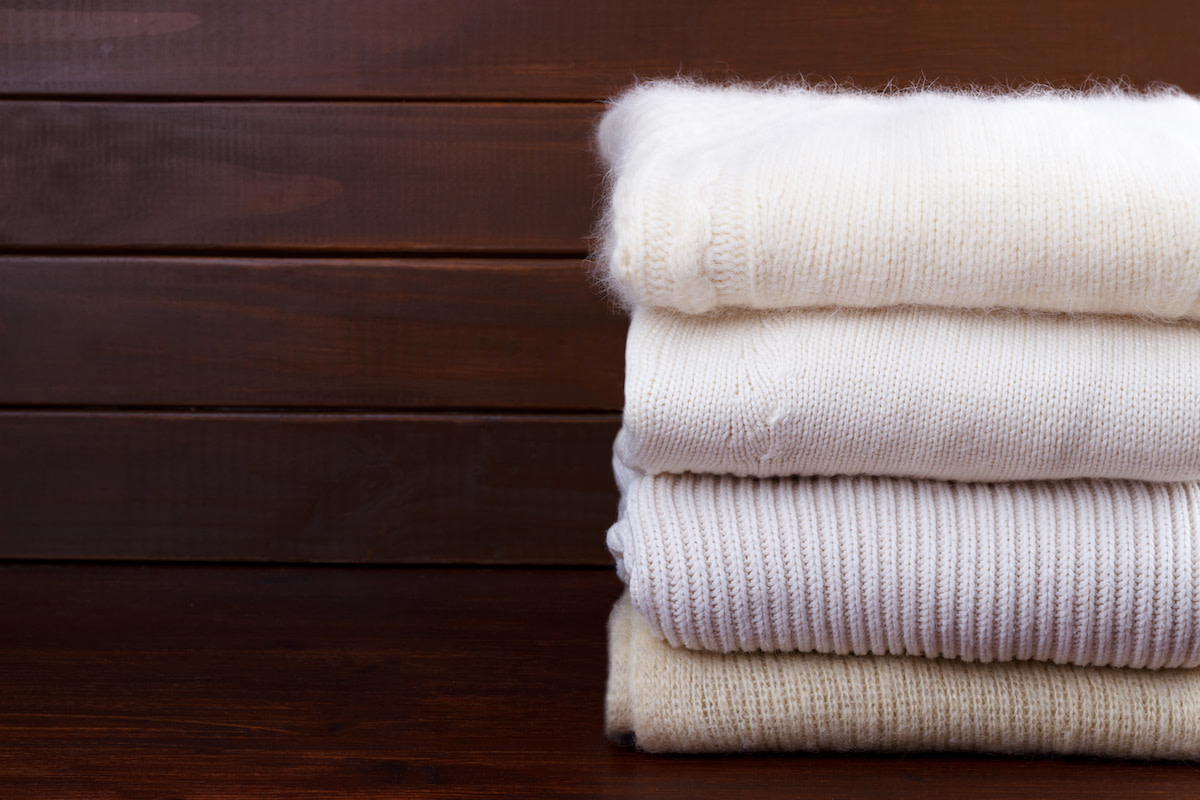Fabric Guide: What Is Cashmere? Learn More About the Luxurious Wool
Written by MasterClass
Last updated: Sep 29, 2021 • 3 min read
Cashmere is one of the softest and most luxurious forms of wool, characterized by the fineness of the fibers, which are almost silky. It’s considered one of the most high-end fibers, as pure cashmere can be very expensive due to the involved production process, where the fibers are separated by hand from the molted coats of goats.
Learn From the Best
What Is Cashmere?
Cashmere is a type of wool that is made from cashmere goats and pashmina goats. The old spelling of cashmere is Kashmir, which is a region in Northern India that still produces cashmere. Cashmere is a natural fiber known for its extremely soft feel and insulating properties. Cashmere fibers are very fine and delicate, and almost feel like silk to the touch. Cashmere is significantly warmer and lighter than sheep’s wool, and is somewhat similar to mohair, which is made from angora goats. Cashmere is often blended with other types of wool, like merino, to give it added weight, since cashmere fibers are very fine and thin.
Where Does Cashmere Come From?
Cashmere comes from cashmere goats and pashmina goats; it is generally shorn from the underside of the goats or the neck region. Cashmere grows best during winter time, as the cashmere coat is designed to keep the animal warm during the colder months. Cashmere goats produce two types of hair—a soft undercoat and a rougher outercoat. The undercoat is what becomes the cashmere. Cashmere goats live around the world but there are large populations of them in China, Mongolia, and Iran as the temperatures vary wildly in those regions.
How Is Cashmere Made?
Cashmere is one of the most expensive forms of wool because the production and manufacturing process is complicated.
- First, the goats naturally shed their coats in the spring during molting season, and the wool needs to be gathered. Wool can either be gathered by combing the goats’ coats with a comb, which usually yields less coarse hair; or wool can be shorn, but that results in much more of the rough overcoat and requires more de-hairing later.
- Most cashmere is made by combing, as it yields a high-quality cashmere. Cashmere wool that has been shorn is often lower-quality cashmere because it is more prone to pilling, as the fibers are much shorter than if they were combed.
- After the wool is gathered, the coarse overcoat hairs must be separated from the fine and soft undercoat hairs, which eventually become the cashmere.
- Once the fibers are separated, they are assembled into bales spun into yarn, which is then dyed and knit or woven into fabric.
What Is Cashmere Used For?
Since cashmere is incredibly soft with good insulating properties, cashmere products are very popular for cold weather clothing and accessories.
- Clothing: Cashmere wool can be woven and knitted into a variety of cashmere garments. Cashmere sweaters—from cashmere cardigans or pullovers to crewneck or v-neck sweaters—are very popular items, but cashmere can also be woven into coats, pants, and other items.
- Accessories: Cashmere accessories, like cashmere shawls, gloves, socks, and scarves, are very popular cashmere items, as they are warm and add nice luxurious touches to any outfit.
- Home goods: Cashmere blankets are warm and luxurious and are great as throws on a couch, chair, or bed.
Fabric Care Guide: How Do You Care for Cashmere?
Cashmere is very delicate, and quality cashmere must be laundered very carefully.
- Wash your cashmere at home by hand or on a delicate cycle with cold water.
- Make sure to use a gentle soap, and you can even look for detergents designed particularly for cashmere items.
- If washing by hand, soak the item in a basin of cold water and then take it out and squeeze out the excess water. Do not wring, as you don’t want to stretch or ruin the shape.
- Once the excess water has been removed, lay your item flat to dry. Never hang the item, as this will stretch the fibers.
Want to Learn More About Fashion Design?
Become a better fashion designer with the MasterClass Annual Membership. Gain access to exclusive video lessons taught by fashion design masters including Diane von Furstenberg, Anna Wintour, Marc Jacobs, and more.
